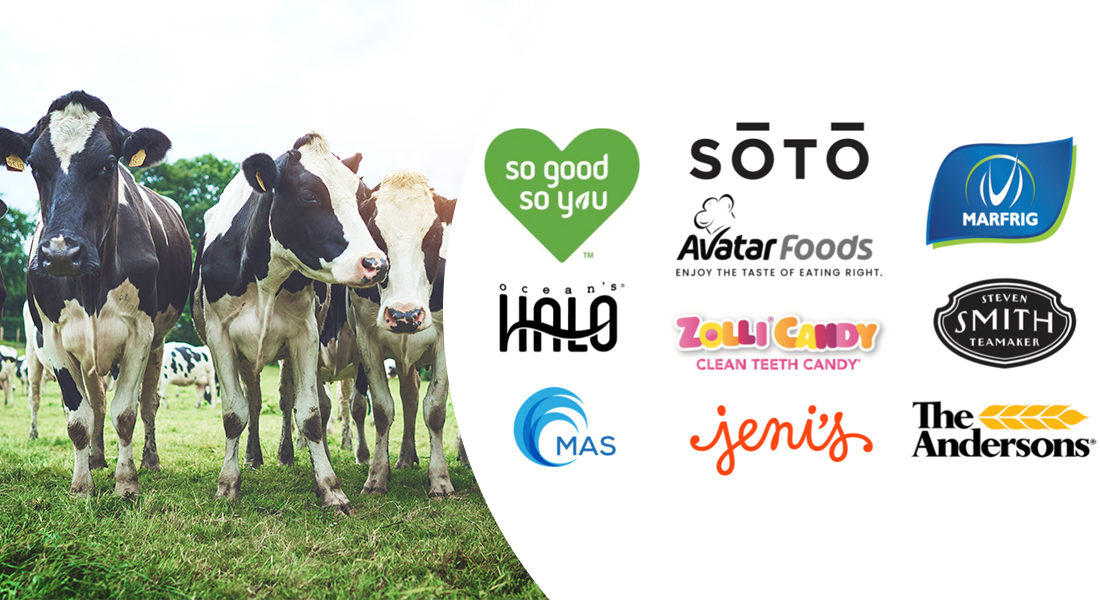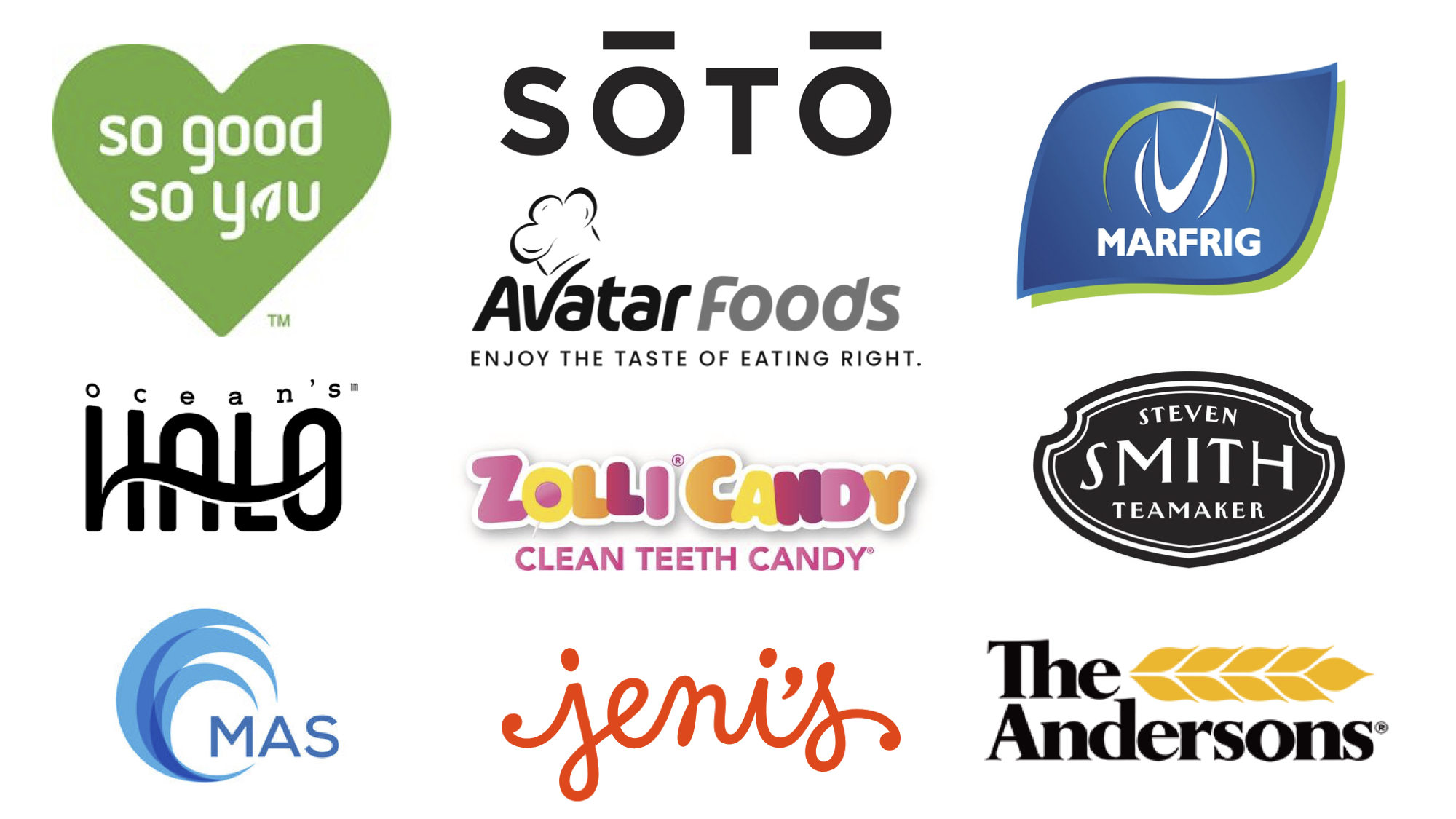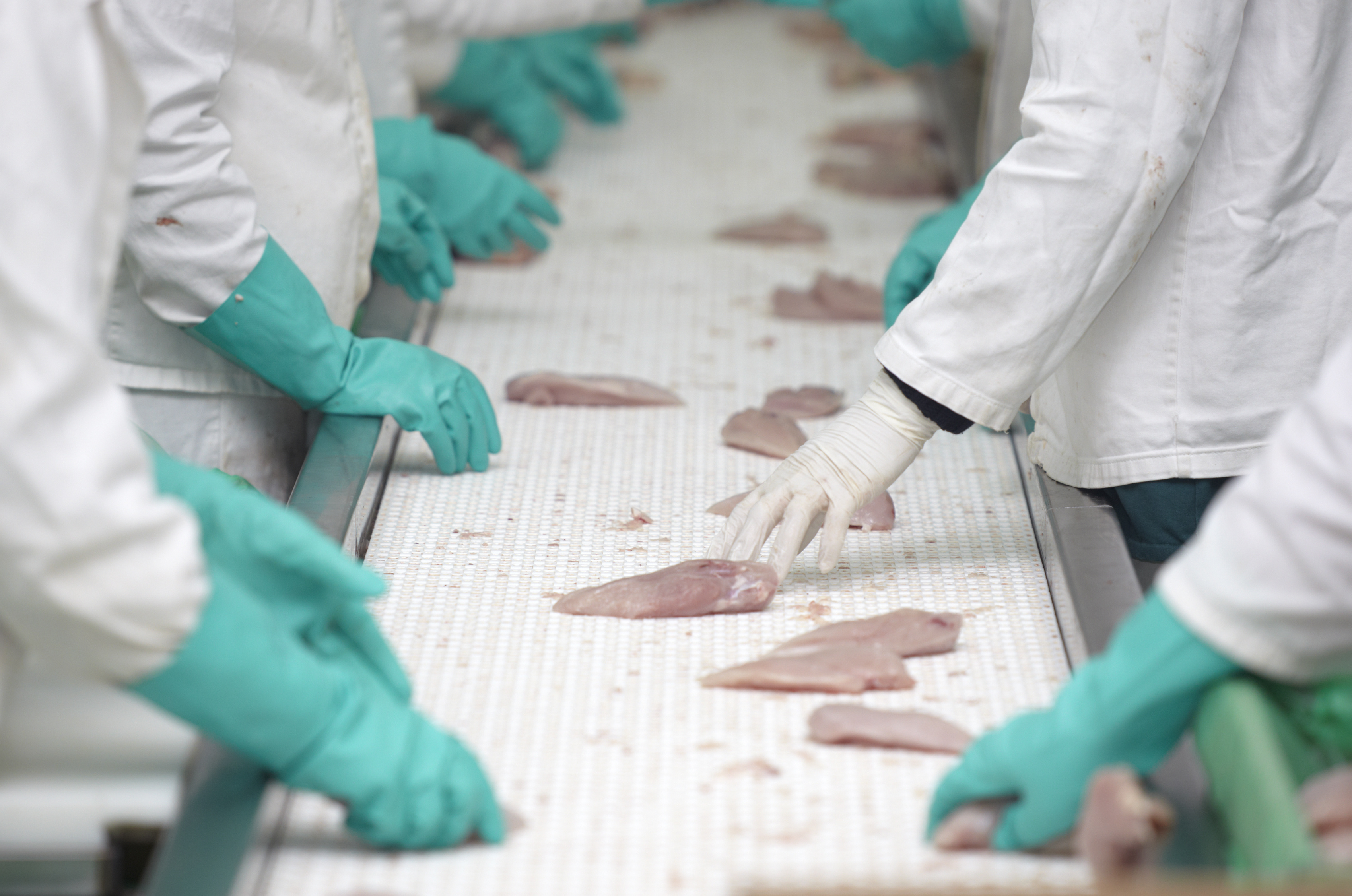When setting up a new food processing facility, or auditing existing infrastructure, there are a multitude of factors to take into consideration. Perhaps the most important point to consider is how the food preparation areas will support the implementation of good hygiene practices, to ensure that food products are safe and free of contamination.
Warning letters issued by the US Food and Drug Administration (FDA), as the result of a failed inspection, can be incredibly damaging to a food manufacturer’s brand. As the FDA works towards implementing their new inspection and compliance mandates under the Food Safety Modernization Act (FSMA), food manufacturers will need to be more vigilant than ever when it comes to preventing food contamination.
Here, we list five major areas in a food processing plant that must be addressed when thinking about sanitation and hygiene: drainage, personnel, surface materials, refrigeration and equipment. Ignoring any one of these areas can lead a company open to a risk of product contamination, which could lead to failed FDA inspections, product recalls, consumer illness, or worse.
Drainage
The effect of drainage on the safety of products manufactured in a food facility is one of the most underestimated factors in food production. Some estimates suggest that 70 percent of positive listeria screens are found in the drainage system.
Poorly-designed drainage systems often fail to fully drain water, leading to stagnant pools of liquid in which bacteria can quickly multiply. Drains can also be an ideal spot for microbial pathogens to form resistant biofilms, making them more problematic during cleaning efforts.
Foot traffic over drains in food production areas can spread contamination to product surfaces, and even the products themselves. Clearly, hygienic drainage design is extremely important to food safety and the overall performance of a food manufacturing environment.
Drainage systems should be made using a naturally anti-microbial material – such as stainless steel – to discourage the growth of hazardous microbes. They should also be fitted with a slanted drainage basin that encourages complete drainage of the water.
To make cleaning more thorough and efficient, all parts of the drain should be easily removable. Making drain sanitation a priority will ensure a facility is inspection-ready every time.
For more information on preventing food contamination, register for the recorded webinar presented by drainage systems experts, ACO.
Personnel
Employees of a food manufacturing facility present one of the largest sources for potential contamination. Staff have the potential to introduce microorganisms, foreign material and other contaminants into the food products, potentially leading to illness and brand-damaging recalls down the line.
Training staff to assume distinct roles – such as product handler or non-product handler – can help mitigate some of the risk associated with employee-associated contamination. The cornerstone of this type of system is that product handlers never touch non-product surfaces – including the floor and production equipment – whereas non-product handlers assume the responsibilities not associated with direct food contact.
Protective outer clothing, including aprons, gloves, hairnets and masks, provide a physical barrier between the worker and the product. It is essential that this type of clothing is never worn outside of the food production facility, and that it can be properly laundered or disposed of on a regular basis.
Similarly, footwear should be chosen based on the ability of the material to be cleaned using closely-monitored foot dips or decontaminating foam. Ideally, this piece of personal protective clothing should also be kept in the facility at all times, to prevent outside contamination from entering the food preparation areas via an employee’s footwear.
Of course one of the most important personnel considerations is implementing proper hand hygiene. Training on proper hand washing technique should be mandatory for all new employees, and hand wash/sanitization stations should be conveniently located for all workers.
To ensure all employees are compliant with rules regarding hand hygiene, a randomized verification method should be implemented. Hand swabs or plates are an effective way to confirm that employees are properly washing their hands before handling any food products.
Surface Materials
As tables, conveyer belts and other food preparation surfaces come in direct contact with raw materials and finished products, they represent a serious potential source of contamination. Multiple staff members generally work around these surfaces, and certain areas may be exposed to many different parts of the manufacturing process.
Food-contact surfaces should be made of a nonporous, cleanable material. Importantly, the cleaners and disinfectants used on these surfaces must be stable, noncorrosive, and overall appropriate for the surface material.
Importantly, food-contact surfaces should be designated for the preparation of specific ingredients to avoid potential cross-contamination between ingredients. If a facility works with raw meats – especially raw poultry – a specific area should be chosen to handle the high-risk ingredient.
While uncooked meats are an obvious potential source of adulteration, some other risks of cross-contamination can be easily overlooked. Handling of an allergen on a surface which will also come in contact with other non-allergen ingredients can be a risky practice. To comply with good manufacturing processes (GMP), surfaces should be thoroughly cleaned between production cycles to minimize the risk of cross-contamination.
Refrigeration
Commercial fridges and freezers are often large rooms in which a number of varied ingredients are stored. Because of this variety, it’s imperative that food is stored correctly to avoid spoilage, contamination and other hazards.
Food items should have sufficient space – approximately three inches between items – to allow the cold air to circulate around each ingredient. Over-stocking shelves can lead to the generation of “hot spots” where temperatures are optimal for microbial growth.
The food with the greatest potential to cause cross-contamination issues – namely, raw meats – should be stored on lower shelves, while fresh produce should be stored above on higher shelves. In addition, refrigerated food inventory should be maintained as thoroughly as dry goods; the oldest products should be stored at the front of the shelves to ensure they don’t get buried behind fresher items.
Everything should be labelled with the date received, as well as use-by dates. Finally, regardless of what type of container they’re stored in, raw materials should never be stored on the floor of the fridge or freezer room.
Equipment
As the workflow in a typical food manufacturing facility moves from raw to ready-to-eat, the potential for sanitation tools to carry contaminants from one room to the next is substantial. Dedicated cleaning tools should therefore be designated to certain parts of the facility to avoid cross-contamination.
As many pieces of manufacturing equipment must be fully disassembled in order to allow for a thorough cleaning of all parts, ample workspace should be provided to accomplish this task. Racks and carts should be utilized to prevent food contacting parts from touching the floor.
Once the parts have been sanitized, they should be left to air dry before reassembly. If small amounts of water are allowed to collect within joints of the equipment, they could provide a breeding ground for microbial contaminants.
By raising awareness of sources of possible contamination within a food manufacturing facility, facility managers, design engineers, and quality professionals will be better able to collaborate and ensure food safety of all products. Initial investments into proper infrastructure – namely, drainage systems, surface materials and equipment – can offer significant peace-of-mind when it comes to FDA inspections, quality checks and brand protection.
Want more information about implementing a sanitary drainage system? Register now for the recorded webinar on food safety and drainage.
Is your food manufacturing facility optimally designed to prevent contamination? What type of drainage system do you use to protect your product, your customers and your brand? Share your opinion in the comments section below!











Join or login to leave a comment
JOIN LOGIN